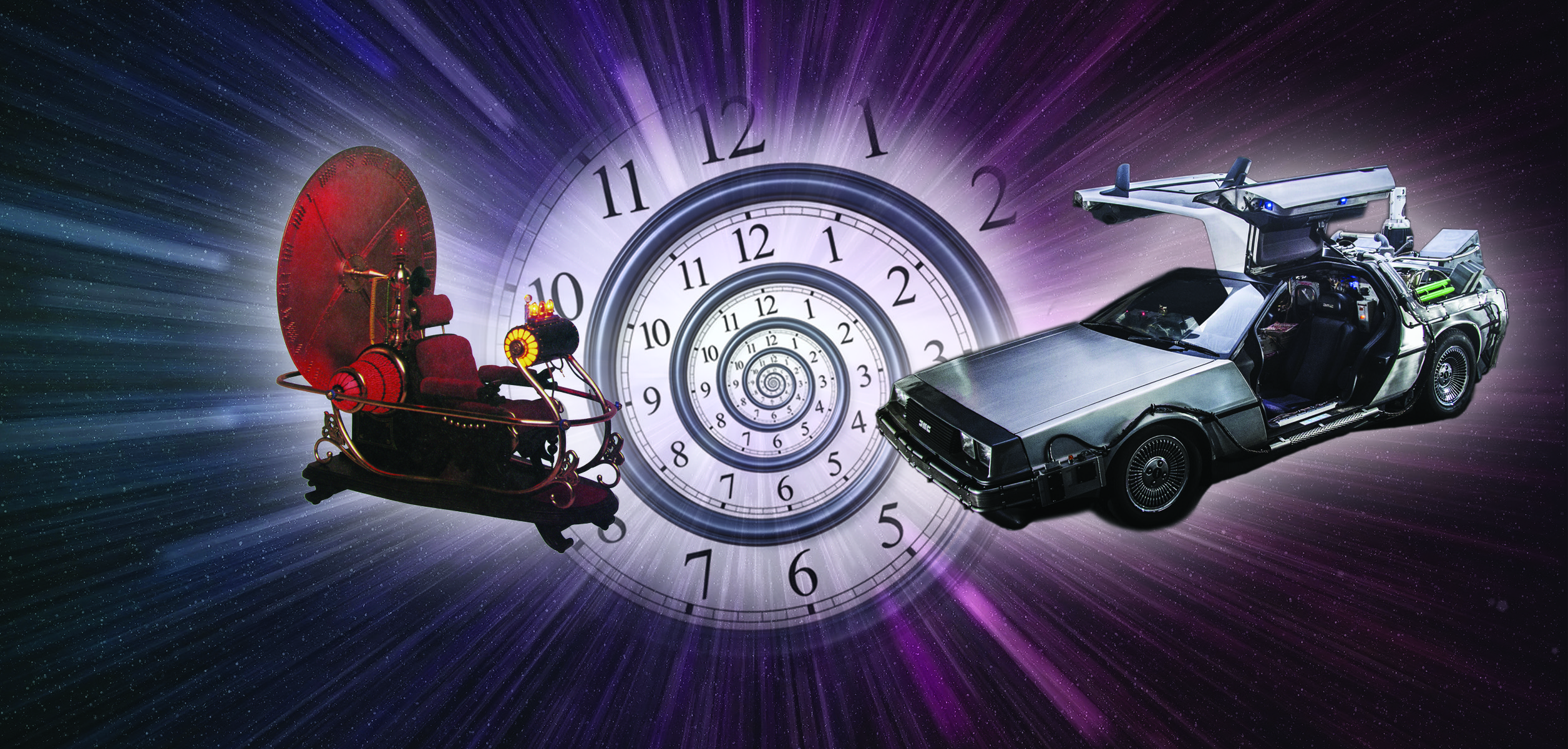

Is Faster Always Better?

Best Practices
As a society we generally value speed in just about every facet of daily life, and all around us things are moving at increasingly faster rates. The internet, for example, which not much more than a decade ago had us logging into AOL and listening to the buzzing and cracking of a dial-up modem and waiting for pages to download, now operates at blazing speeds. Indeed, information of just about any sort is practically instantaneous today. The result is less and less willingness to wait on anything. To quote Veruca Salt (you know, from Willy Wonka and the Chocolate Factory), “Don’t care how, I want it now.”
But faster is not always better, and fastest is not always best, especially if the increase in speed comes at the cost of deliberate inquiry and accuracy. In 2018, the IAED™ conducted a study on the impacts of using medical pre-alerts. Pre-alerting refers to the practice of sending emergency responders (usually lights-and-siren) to a location before generating a final dispatch code. Then, after more information is gathered, one of three things happens: the call is canceled, the call is downgraded, or the initial response is maintained.
In the study, of the 139,815 emergency medical calls examined, 100,250 (71.7%) were initially dispatched pre-alert, i.e., high priority with lights-and-siren. However, over 86% of these calls initially dispatched pre-alert were canceled, downgraded, or had at least one unit cleared. Moreover, only 1.1% of the patients required lights-and-siren transport.1
The 2007 Journal article being reprinted in this issue involves a similar focus on speed, but this time addressing what has been a persistent question in the field of emergency dispatch. Specifically, “How quickly should we dispatch on a call?”
As you read this article, keep in mind Bradshaw’s Law: It’s time we start doing it right, not just fast.2
1Faudere D, Hutchens J, Olola C, Scott G, Broadbent M, Gardett I. “Implications of pre-alerts for medical emergency calls.” Annals of Emergency Dispatch & Response. 2018; 6 (3): 10-14.
2Clawson JJ, Dernocoeur KB, Murray C. Principles of Emergency Medical Dispatch. Sixth Edition. Priority Press; Salt Lake City, Utah, USA. 1986-2016.







